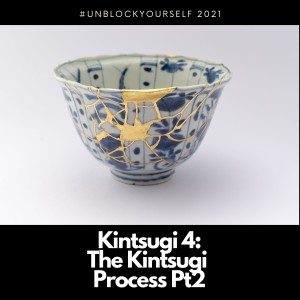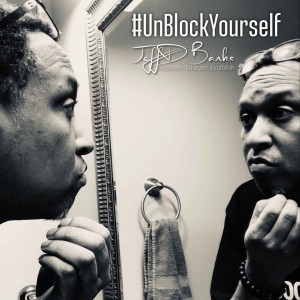
The Kintsugi Process 2
Yesterday we went over the first 3 steps of the kintsugi process:
Stage 1: Broken
Stage 2: Assemble
Stage 3: Wait
Tired from a long day, I decided to take a long hot bath, my little personal “onsen”.
Soaking my aches and pains away, I had the mental picture of my tired aching body of being broken, in need of repair. Who better to go to for repairs other than the one who created it? No one!
As I think of this process, I seek healing for myself, and to all of you who feel they need it.
Gather the pieces, let them get cared for before we go on to the next step.
Stage 4: Repair
After waiting for the glue to dry, now you clean the excess and sand it down to the bonding mixture, to reveal the real scars of the piece.
Sanding to the scars is necessary to smooth it out before you can apply the first coat of lacquer. In life when it’s time to rebuild, there comes a time to peel back or sand down the layers we hide behind, to reveal what the core problem is. The scars show that there was a deep wound, and also a scar shows that some healing is taking place. The lacquer is addressing the wound.
In a real piece, the first application can take 2 weeks to fully dry. It takes time to heal wounds.
Stage 5: Reveal
While the lacquer is still moist, apply gold. This reinforces the joints of the new piece and strengthens the once broken pieces.
Oils and different polishes are applied to make it shine brilliantly. This is work being put into the once broke object.
Stage 6: Sublimate (channel, divert, control)
This is putting your energy into it to make it work. All that you have done working towards its rebirth, admire its uniqueness, and strength. The cracks sing of its history, and appreciate the new piece’s imperfections as perfection in it’s story. (Wabi Sabi at its finest!)
Your story is unique to you, and is a reflection of all the experiences you’ve gone through. I’d like to say, you shine, because His light shines upon you!
More Episodes
 2021-01-25
2021-01-25
 46
46
 2021-01-22
2021-01-22
 40
40
 2021-01-21
2021-01-21
 43
43
 2021-01-20
2021-01-20
 40
40
 2021-01-19
2021-01-19
 38
38
 2021-01-15
2021-01-15
 41
41
 2021-01-14
2021-01-14
 41
41
 2021-01-13
2021-01-13
 44
44
 2021-01-12
2021-01-12
 44
44
 2021-01-11
2021-01-11
 34
34
 2021-01-08
2021-01-08
 36
36
 2021-01-07
2021-01-07
 34
34
 2021-01-06
2021-01-06
 30
30
 2021-01-05
2021-01-05
 29
29
 2021-01-01
2021-01-01
 30
30
 2020-12-31
2020-12-31
 66
66
 2020-12-30
2020-12-30
 30
30
 2020-12-29
2020-12-29
 24
24
Create your
podcast in
minutes
- Full-featured podcast site
- Unlimited storage and bandwidth
- Comprehensive podcast stats
- Distribute to Apple Podcasts, Spotify, and more
- Make money with your podcast
It is Free
- Privacy Policy
- Cookie Policy
- Terms of Use
- Consent Preferences
- Copyright © 2015-2024 Podbean.com






